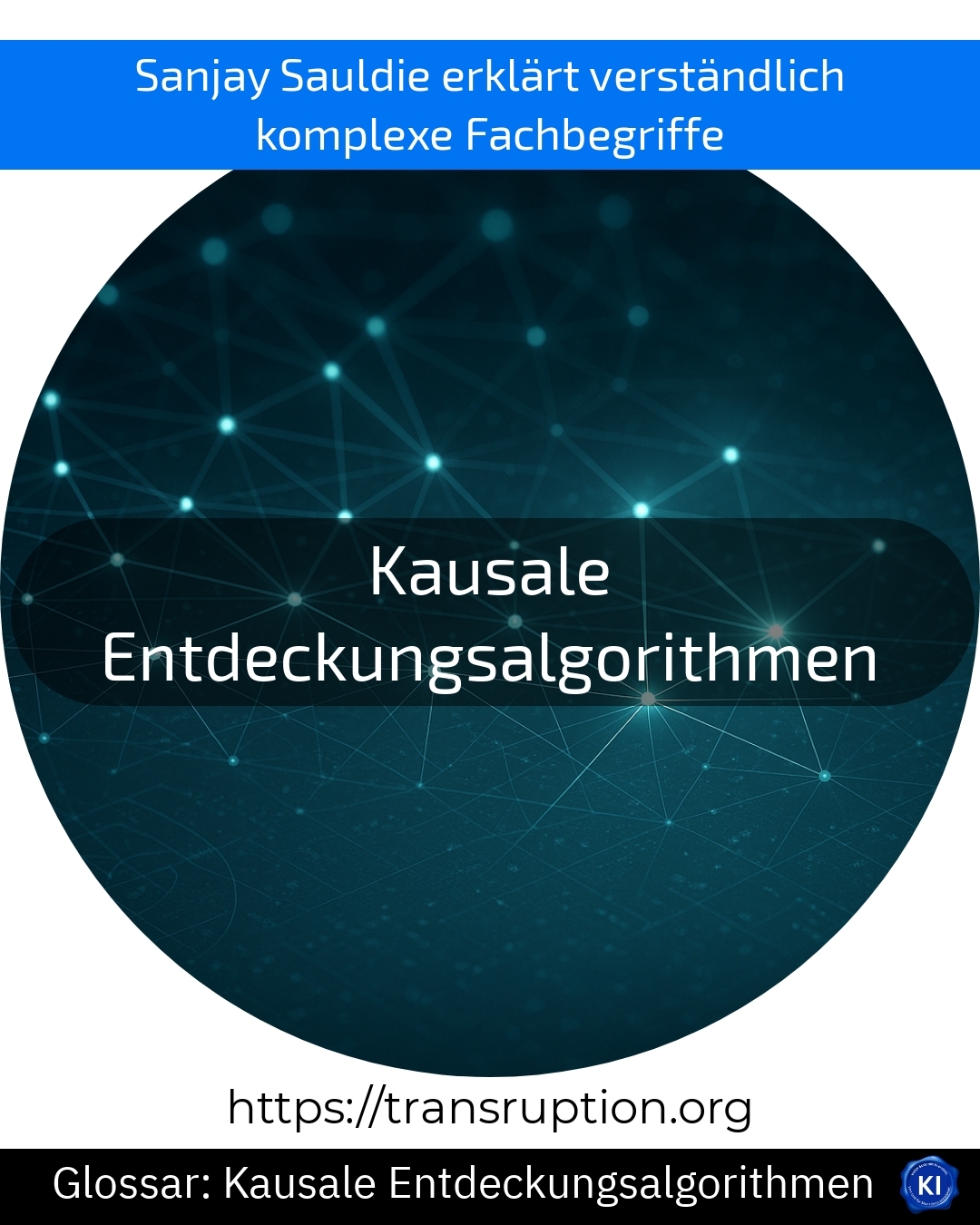Causal discovery algorithms are used primarily in the fields of artificial intelligence, big data, smart data and digital transformation. These algorithms help to find out which cause leads to which effect. Unlike many traditional analysis methods, which usually only recognise correlations, this is really about understanding cause and effect.
Imagine a company wants to know why certain advertising campaigns generate more sales than others. Using causal discovery algorithms, the company can analyse huge amounts of data and find out whether it is really the advertising that is responsible for the success - or another factor, such as the time of year or new competition.
The big advantage: decisions can be made on a solid basis. You no longer just see "things happening at the same time", but understand what really works. This saves costs and increases efficiency.
Causal discovery algorithms are therefore becoming increasingly important, because in a world full of data, it is becoming more and more important for companies and decision-makers to recognise not just patterns, but the true correlations in their data and to derive targeted measures from them.















